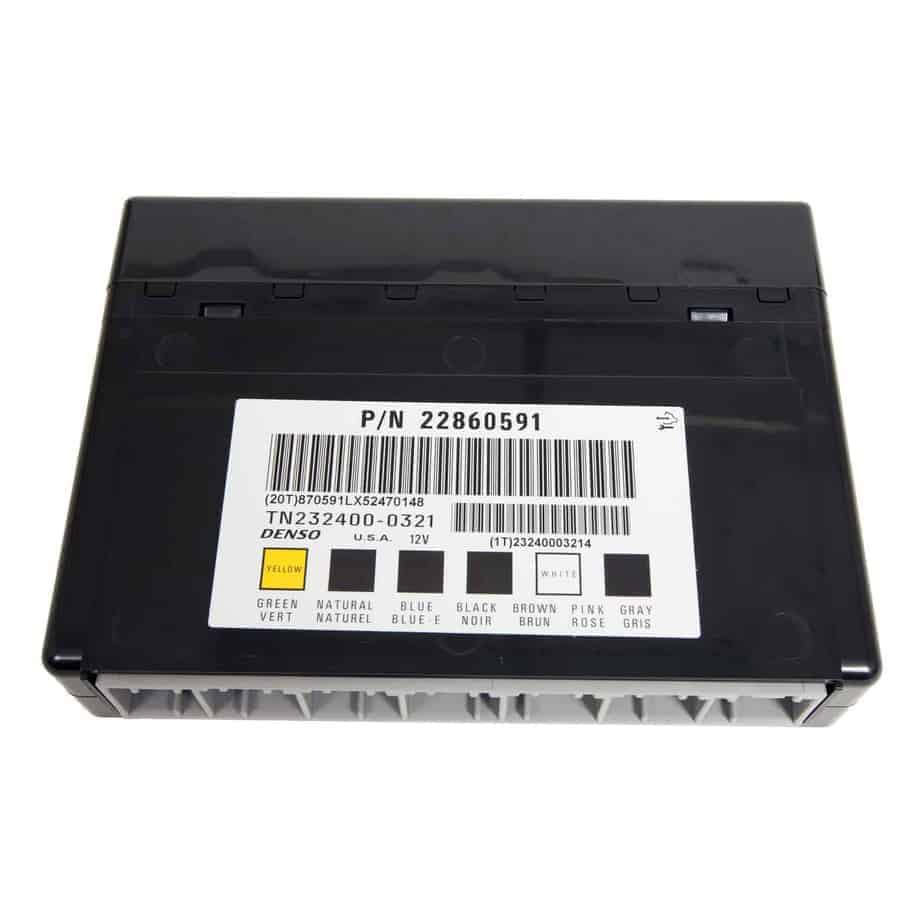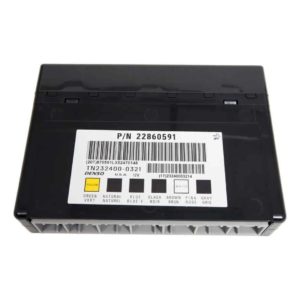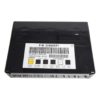Is Your Impala Plagued by Electrical Gremlins?
Are you dealing with flickering lights, power windows with a mind of their own, a security light that won’t turn off, or even a no-start condition? Before you spend a fortune on diagnostics, the root cause is often a failing Body Control Module (BCM). In my 20+ years as a technician, I’ve seen these exact symptoms on hundreds of GM vehicles. A customer’s 2011 Impala came in last week with these exact symptoms—the radio was dead, the power locks were erratic, and the dash was lit up with random warnings. The culprit was a faulty BCM. This pre-programmed BCM is the direct, reliable solution to get your car back to normal.
The Smart Solution: A VIN-Programmed BCM
Forget the hassle and expense of a dealership visit. We take the complexity out of the repair. When you order, simply provide your vehicle’s VIN, and our experts will program this module with the latest official GM software specific to your 2006-2013 Impala. It arrives at your door ready for installation, saving you time, money, and the headache of coordinating with a service center for programming.
- ✔ VIN Programmed & Ready to Install: We flash the module with your vehicle’s specific data and the newest GM updates before shipping.
- ✔ Fixes Common Electrical Issues: A direct solution for problems like erratic interior/exterior lights, malfunctioning power accessories (windows, locks, mirrors), and false security system alerts.
- ✔ Restores Full Functionality: Get your car’s convenience features working like they should again.
- ✔ Broad Compatibility: This module replaces a wide range of original part numbers, ensuring a perfect match.
Direct-Fit for 2006-2013 Impala Body Control Module
This BCM, part number 25892622, is a guaranteed fit for the 2006-2013 Chevrolet Impala. It is also a direct replacement for a wide array of other GM vehicles and part numbers, ensuring a high-quality, dependable repair. Please see the comprehensive fitment list to confirm compatibility with your exact vehicle.
Expert Pro Tip: Check Your Connections
Before installing your new BCM, take a moment to inspect the wiring harness connectors for any signs of corrosion, moisture, or bent pins. Over the years, water intrusion, especially on vehicles like the Impala, can cause green or white crust to form on the terminals, leading to poor communication and BCM failure. Cleaning the connectors with a dedicated contact cleaner can prevent future issues and ensure a solid connection for your new module.
Simple Installation Process
Replacing the BCM on your Impala is a straightforward job for a confident DIYer. The module is typically located on the left-hand side of the dash, near the steering column.
- Safety First: Always disconnect the negative terminal from your vehicle’s battery and wait a few minutes before starting work.
- Locate the BCM: On the 2006-2013 Impala, you’ll find the BCM attached to the dash support structure to the left of the steering column. You may need to remove the lower dash panel for access.
- Disconnect and Remove: Carefully unplug the electrical connectors. They have locking tabs that need to be depressed. Once disconnected, unbolt or unclip the old module from its mounting bracket.
- Install the New Module: Mount your new, pre-programmed BCM in the same location and securely reconnect all wiring harnesses. Make sure they click into place.
- Reconnect Battery: Reattach the negative battery terminal.
Important Post-Installation Procedures
This is a critical step. After installing your new BCM, certain systems must be re-initialized for your vehicle to function correctly and safely. Failure to perform these steps may result in warning lights or improper system operation.
- Airbag System (SRS): The ‘Setup SDM Primary Key in BCM’ procedure MUST be performed with a professional-grade scan tool. This synchronizes the new BCM with the airbag system and will clear the airbag warning light on the dash.
- Brake Pedal Position Sensor: Some vehicles require a recalibration of the brake pedal position sensor. This ensures the brake lights and stability control systems function correctly.
Note: The exact procedures can vary slightly. We strongly recommend consulting a service manual or having a qualified technician perform these final steps if you are not equipped with the proper diagnostic tools.


